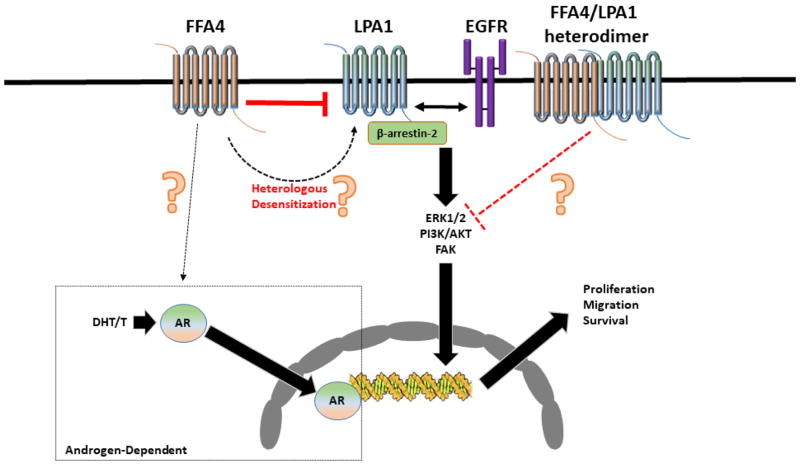Figure 1. Known and putative mechanisms of the role of FFA4 agonism in prostate cancer cells.
Agonism of FFA4 inhibits LPA and EGF induced signaling to ERK1/2, PI3K/AKT, and FAK and inhibits LPA and EGF-mediated cell proliferation and migration in androgen-independent prostate cancer cells. The LPA1 receptor is necessary for this effect and is also partially necessary for the effects of EGF on the EGFR. The proliferative and migration effects of both LPA and EGF are dependent on LPA1 receptor recruitment and interaction with β-arrestin-2. When the LPA1 receptor is unavailable, the effects of FFA4 agonism on both LPA and EGF-events are lost, suggesting that FFA4 activation inhibits LPA1R signaling, which indirectly inhibits EGFR signaling. These known effects are indicated by solid arrows in the figure and are presumed to occur via still-elusive mechanisms that may include the ability of FFA4 agonism to sequester β-arrestin-2 from the LPA1R; to heterologously desensitize LPA1R, perhaps through Gαq/11 signals that lead to PKC-mediated phosphorylation and subsequent internalization; or to inhibit LPA1R via heterodimerization (indicated by dotted lines and question marks). Additionally, the role of FFA4 agonism in modulation of the androgen receptor or in androgen dependent prostate cancers remains unstudied.

